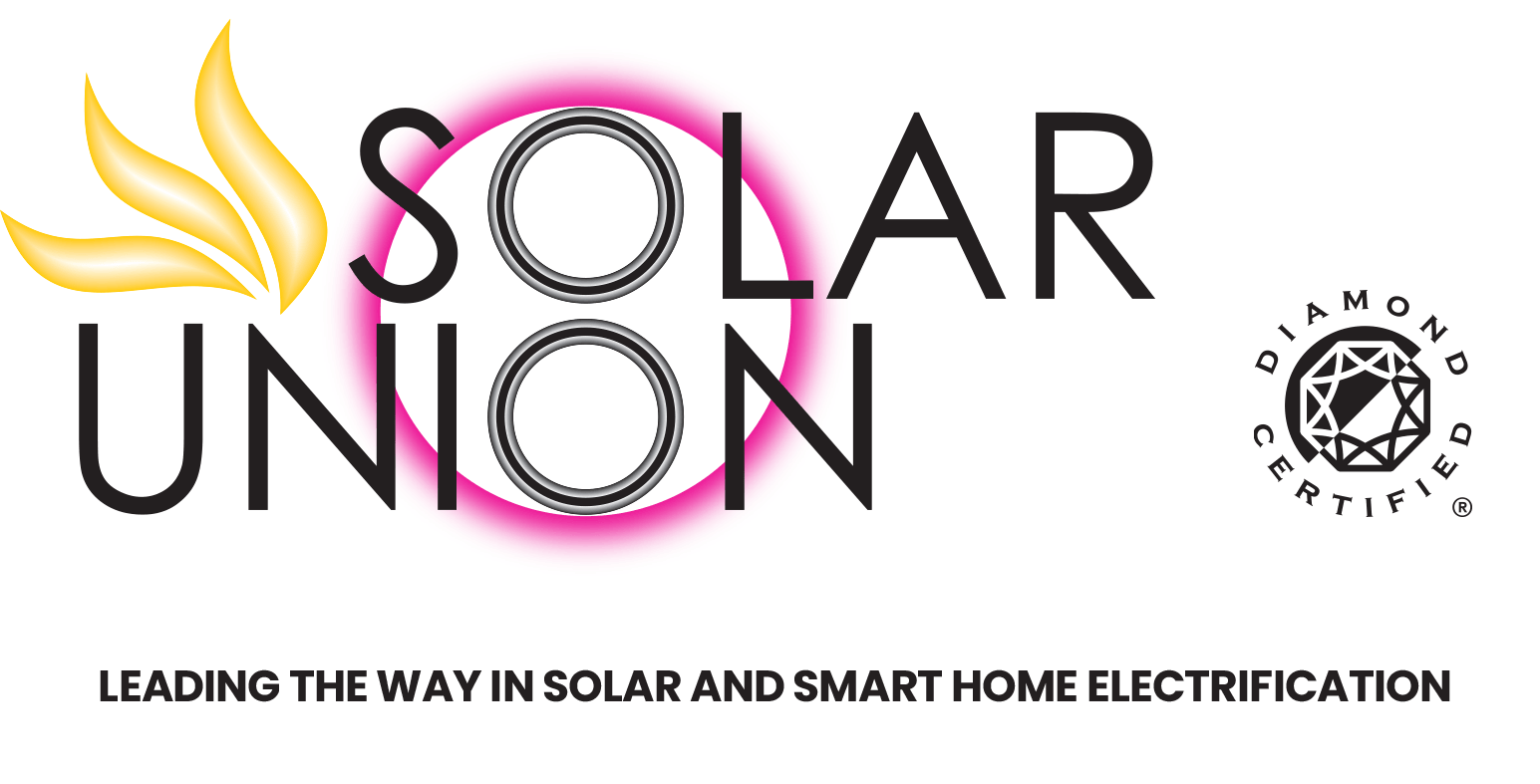.2301171506550.jpg)
California’s sunny weather makes it an ideal place for investing in solar energy. However, to get the most from your investment and maximize the effectiveness of your system, you need to know how and when it works best. When it comes to solar energy, the amount of power generated by your panels is directly related to how much sunlight they receive. When you understand when your solar panels are most efficient and productive, then you can make the best decisions about where and when to install them in order to maximize their effectiveness.
In this blog post, we will discuss four key elements that determine a solar panel's efficiency: time of day, time of year, potential obstacles, and age and maintenance of the panel. By understanding these factors, you'll be able to get more out of your investment in solar energy.
Time of Day
When it comes to maximizing solar energy output, timing is everything. The angle of sunlight affects the amount of electricity produced by a photovoltaic cell, so understanding when your panels are receiving the most direct sunlight will help you get more out of your investment in solar energy.
Morning hours usually produce minimal light intensity and therefore low output levels. As the sun rises in the sky, its light intensity increases which leads to increased system output. Most solar panels reach peak production between 10am and 2pm, when the sun is at its highest point in the sky. This time frame can differ based on the array of your solar panels, the weather, or the position of your home relative to the surrounding shaded areas. But, one of the biggest factors that can make a difference in the maximum output of your solar panels per day is the time of year.
Time of Year
The amount of sunlight that reaches your panels is also affected by seasonal changes, or variation in daylight hours throughout the year. In California from late spring through the summer months there are more daylight hours than any other time period. This makes these months ideal for maximizing your system’s output potential without having to invest in additional hardware or equipment.
During winter months, daylight hours are fewer than those of warmer seasons. This can cause a decrease in solar power outputs. However, this doesn’t necessarily mean that your system won’t be able to produce enough energy during these times. In fact, the way you position your solar panel array can make all the difference. By positioning them so they receive direct sunlight for as much of the day as possible, you can still maximize their output potential even when daylight hours are fewer than usual. It is also important to consider weather conditions such as cloud cover and rain when positioning your panels as well.
Ideally speaking, it would be best to install your solar array where it will receive direct sunlight at all times of year, not just during summer months when there are more daylight hours available.
Identifying Potential Obstacles
Once you have identified how much sun exposure your area receives at certain times of year, it’s time to look for potential obstacles that could impede the performance of your system. These obstacles can come in many forms—from buildings and trees blocking out the sun’s rays to nearby power lines interfering with signal transmission.
It's important to take all these potential obstacles into careful consideration before deciding on a location for your array. Of course, if any obstacle cannot be avoided or removed, then other solutions such as using specialized mounting systems or changing the angle and orientation of panels may need to be considered instead.
When evaluating any potential obstacle that could affect your solar panel system’s performance, it is important to think outside the box when it comes to finding ways around them. For example, if nearby trees are blocking out most of the sunlight during certain months or times of day, trimming back branches or planting taller trees may be an option worth considering in order to increase access to direct sunlight without needing additional mounting hardware or adjusting panel orientation angles.
The time of day, the season, and potential obstacles are not the only things that impact your peak solar hours. Another big element that can change the output is the age and maintenance of your solar panels.
Age and Maintenance of the Panel
Solar panel technology has come a long way since its inception over 100 years ago! Today’s modern photovoltaic cells have higher efficiency ratings and longer lifespans than ever before which means that older models may not perform as well as newer ones do due to wear-and-tear over time caused by exposure to ultraviolet rays as well as other atmospheric conditions like temperature fluctuations or precipitation levels.
If you choose not to clean and maintain your system regularly then dust buildup can reduce its overall efficiency which is why we recommend scheduling regular maintenance checks with a qualified technician for optimal performance. Doing so will allow any issues to be identified quickly and addressed in a timely manner. This can also help prevent more serious problems from arising down the line.
In addition, it's important to check your system often for signs of wear-and-tear due to exposure to ultraviolet rays as well as other atmospheric conditions like temperature fluctuations or precipitation levels. If any damage is found during the inspection, it's best to get it taken care of right away in order to avoid any further issues with your system.
Conclusion
Solar panels are most efficient when they receive direct sunlight, which means that the time of day and year are major factors in determining a solar panel's output. Additionally, the obstacles that block the light and the age and maintenance of your panels also play a role in their efficiency.
By understanding these key elements, you can make sure that your solar panels are working at their best and generating the most power possible. If you have any questions about how to get the most out of your solar energy investment, our team of experts is here to help. Give us a call today to learn more about how we can help you maximize the performance of your solar panels.

